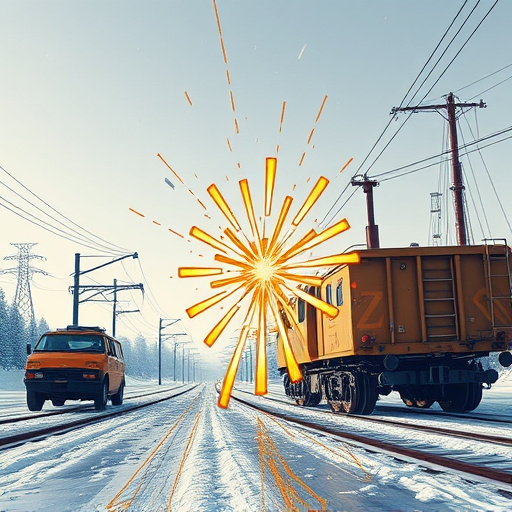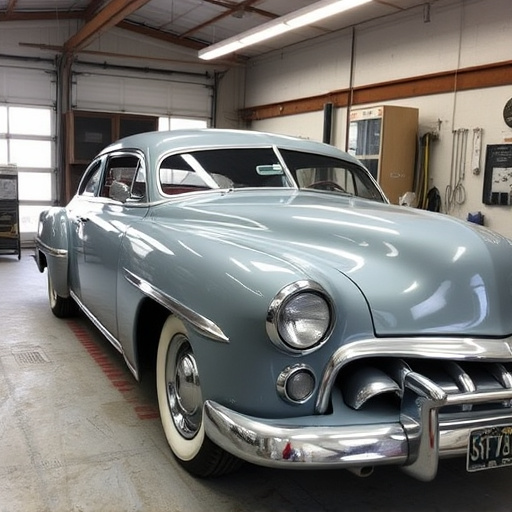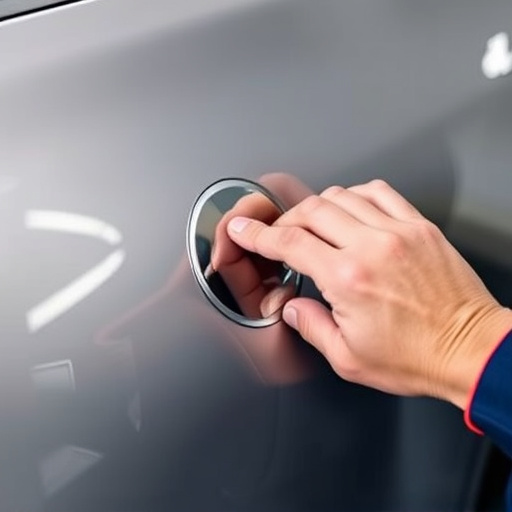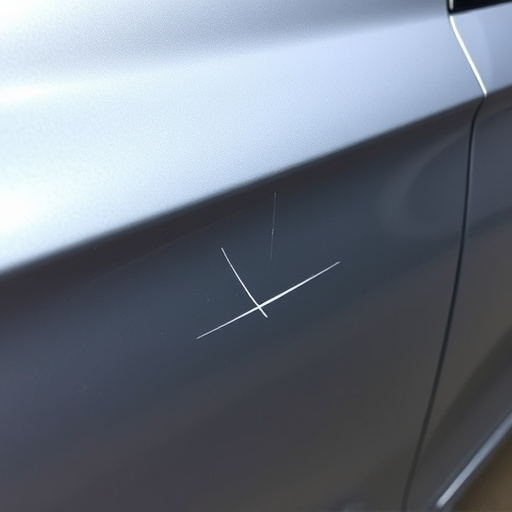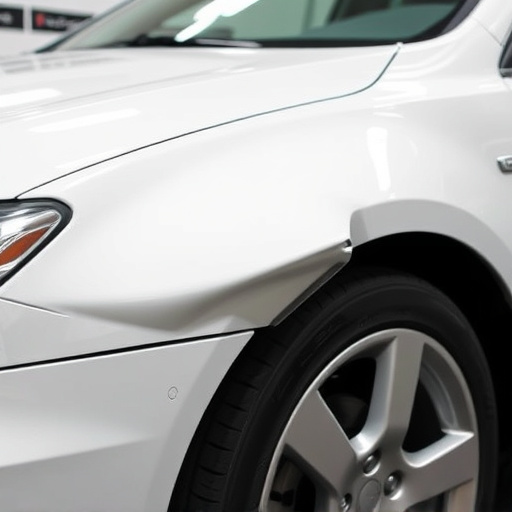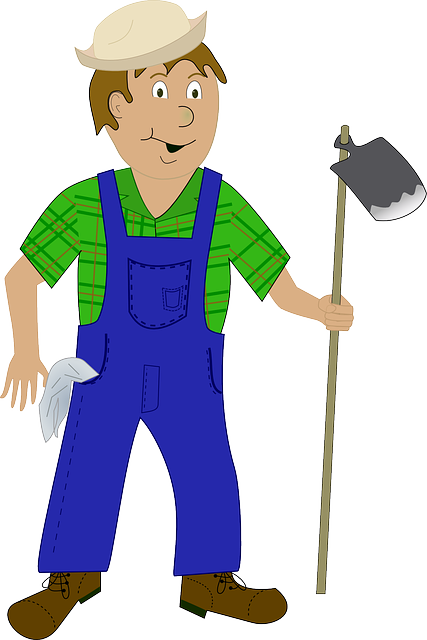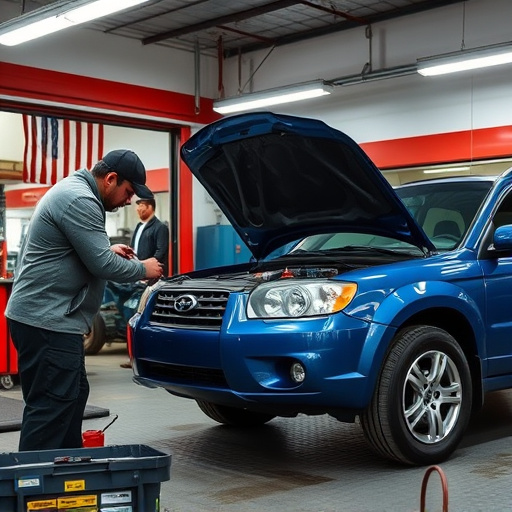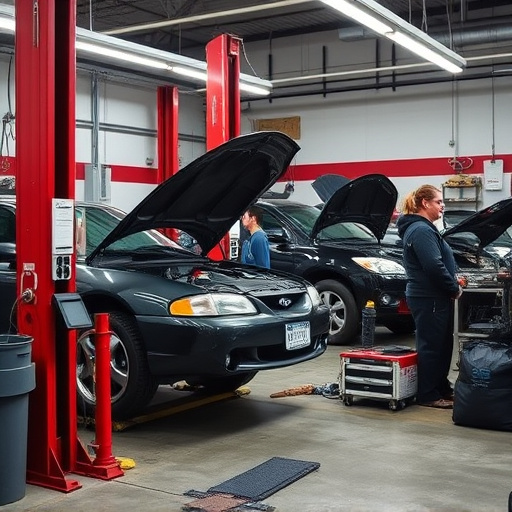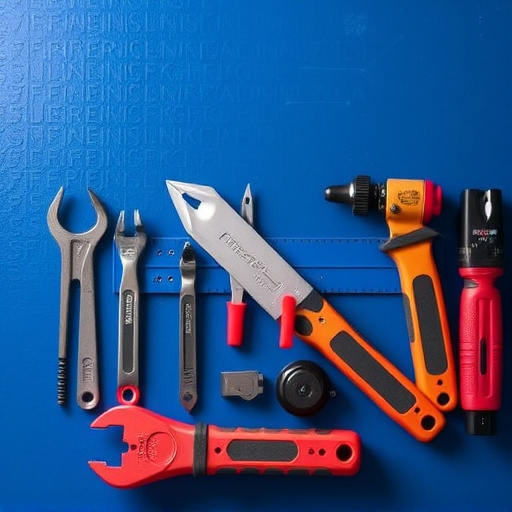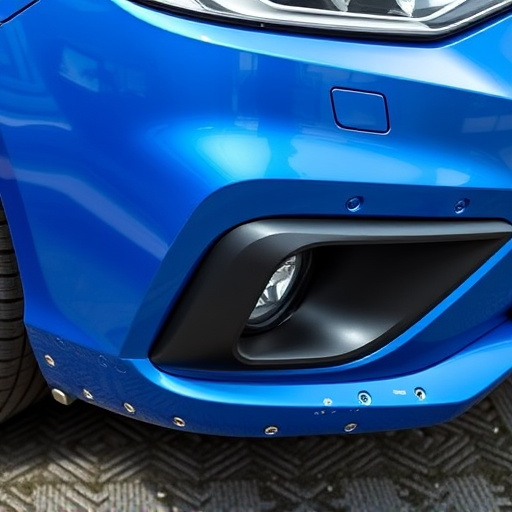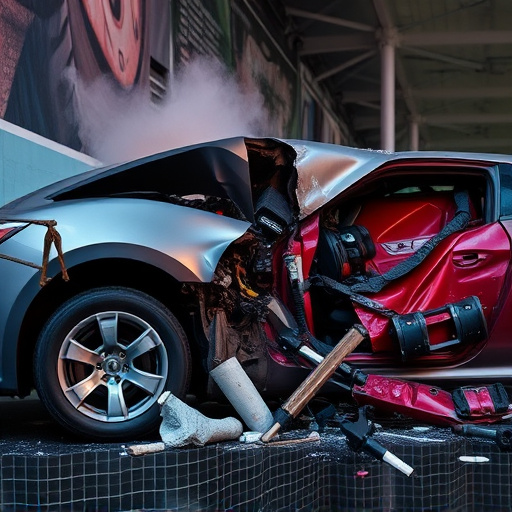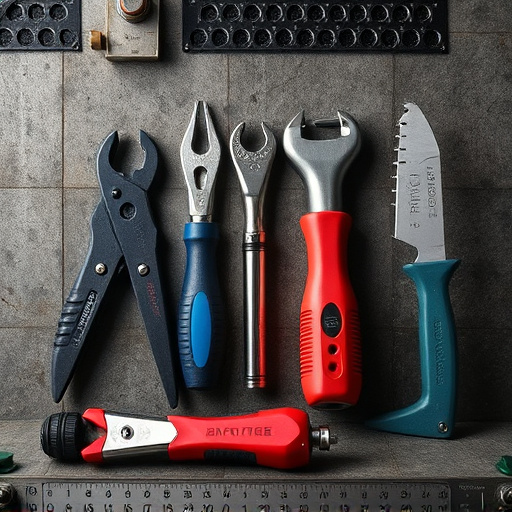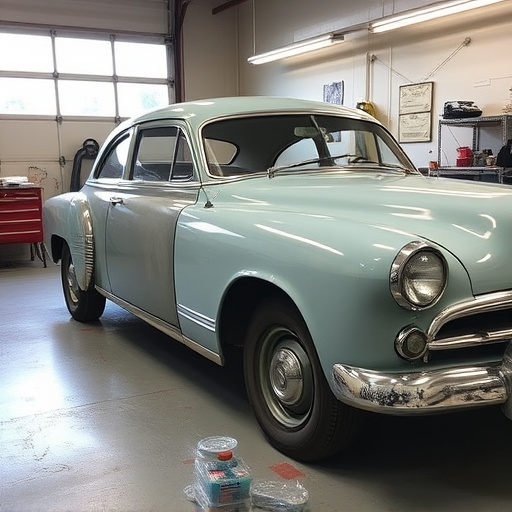Unbody frame repair, despite DIY appeal, carries significant risks due to its impact on vehicle structural integrity. Mistakes can lead to misaligned panels, weakened structure, and safety hazards. While DIY methods are popular, long-term consequences outweigh savings. Professional services, using specialized tools, offer precision, expertise, and minimal risk. Prioritizing safety, proper training, and suitable tools is crucial for unibody frame repair to avoid structural flaws and ensure vehicle longevity.
Unibody frame repair, a process crucial for vehicle safety, has sparked debate regarding DIY capabilities. While some advocate for do-it-yourself (DIY) solutions, professional expertise is often vital for structural integrity and passenger safety. This article delves into the risks associated with unibody frame repair, comparing DIY versus professional practices. We explore safe repair guidelines, ensuring peace of mind for those considering DIY attempts while highlighting the importance of seeking expert help when necessary, especially for complex repairs.
- Understanding Unibody Frame Repair Risks
- DIY vs Professional: Safety Comparison
- Ensuring Safe Unibody Frame Repair Practices
Understanding Unibody Frame Repair Risks

Unbody frame repair, while seemingly a DIY-friendly task, comes with inherent risks that cannot be ignored. This type of vehicle repair involves manipulating and adjusting the structural backbone of a car, which is essential for safety. Attempting to fix or straighten the unibody (a monocoque structure) without proper training and equipment can lead to misaligned panels, compromised strength, and even serious safety hazards.
Many car enthusiasts and owners opt for DIY methods to save costs, but in the case of unibody frame repair, it’s crucial to understand that incorrect adjustments can have long-lasting consequences. A simple mistake could result in a vehicle that handles poorly, fails future safety inspections, or worse, poses a risk to the driver and passengers. Therefore, while some basic automotive repairs are suitable for DIY enthusiasts, unbody frame repair is best left to experienced professionals in a reputable car body shop who have the expertise and tools required to ensure a safe and accurate repair.
DIY vs Professional: Safety Comparison

When considering unibody frame repair, the decision between DIY and professional services is a critical one, especially regarding safety. While DIY enthusiasts often take pride in their ability to tackle various tasks, unbody frame repair is not a simple do-it-yourself project. The precision and expertise required for safe and effective unibody frame repairs far exceed what a typical DIYer can achieve.
Professional car bodywork services specialize in these intricate repairs, utilizing advanced equipment and techniques tailored for unibody construction. Their training ensures they can accurately assess damage, perform precise straightening, and employ specialized tools to minimize risk of further vehicle damage or personal injury. In contrast, attempting such repairs without proper knowledge and gear can lead to structural weaknesses, safety hazards, and even catastrophic failures during subsequent driving.
Ensuring Safe Unibody Frame Repair Practices
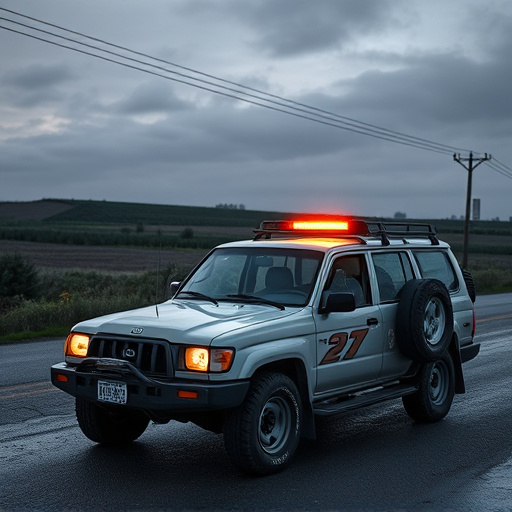
When considering unibody frame repair, safety should always be the top priority. Unibody, or monocoque, frames are integral to a vehicle’s structure and safety features, making DIY repairs a risky endeavor. Improper techniques can lead to structural weaknesses, compromising the vehicle’s integrity in case of future accidents.
For those attempting unbody frame repair, it’s crucial to invest in proper tools, training, and understanding of modern vehicle construction. Many professionals recommend seeking expert advice or utilizing specialized frame straightening equipment for accurate and safe results. Reputable vehicle restoration services offer expertise in unibody frame repairs, ensuring not only the vehicle’s safety but also its longevity.
While DIY unibody frame repair can be appealing for cost-savings and convenience, it’s crucial to recognize the inherent risks involved. Comparatively, professional services offer superior safety guarantees through specialized training, advanced equipment, and adherence to strict industry standards. To ensure safe practices, enthusiasts should thoroughly educate themselves on unibody frame repair techniques and prioritize their well-being by seeking expert assistance when necessary. This approach strikes a balance between DIY benefits and safety, ultimately fostering confidence in addressing unibody frame repair needs.
